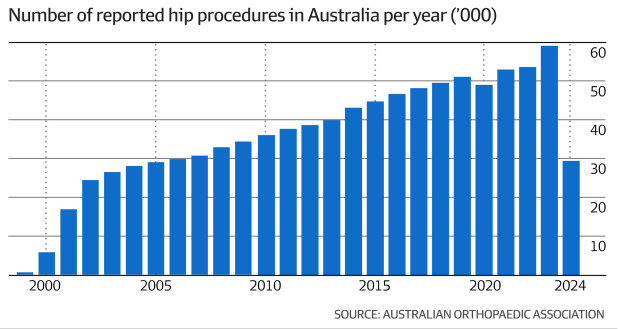From eatingwell.com
Supplements might seem like a good strategy for joint pain. But in many cases, they may do more harm than good
When you’re living with arthritis, supplements might seem like a good pain management strategy. But they aren’t always the answer for joint pain and inflammation. While supplements might seem like a quick fix, not all of them deliver the benefits they claim to. And some may even pose health risks.
If you or a loved one have arthritis, here’s what you need to know about which supplements to avoid, plus proven strategies to provide relief.
5 Supplements You Shouldn’t Take for Arthritis
1. Glucosamine
According to the Arthritis Foundation, glucosamine is one of the most popular supplements for managing arthritic joint pain. Glucosamine is a naturally occurring compound in the body that builds cartilage and helps cushion joints.
However, despite glucosamine’s popularity, research reveals mixed results regarding its benefits. And a recent body of evidence shows that combining glucosamine with exercise provides no significant relief for knee osteoarthritis over exercise alone.
There’s another potential downside to this supplement. “Glucosamine supplements can interact with certain medications, particularly blood thinners like warfarin,” says Melissa Mitri, M.S., RD, a Connecticut-based dietitian and owner of Melissa Mitri Nutrition. “Moreover, they can cause side effects such as diarrhoea, constipation, abdominal pain and even allergic reactions in some individuals.”
2. Chondroitin
Chondroitin is a natural part of cartilage that has long been used to treat arthritis. However, the American College of Rheumatology cautions against using chondroitin for treating knee or hip arthritis, although it may be effective for arthritis of the hand.
Trouble is, it’s not safe for everyone. “Studies have shown inconsistent results, and chondroitin may worsen asthma symptoms, affect blood sugar levels and interfere with blood clotting,” says Angel Luk, RD, a registered dietitian and co-founder of Food Mysteries. “Its lack of solid scientific backing and potential risks make it a less favourable option for arthritis patients.”
3. Red Yeast Rice
Red yeast rice is touted for its potential anti-inflammatory benefits. However, rheumatologists question its safety. “The use of red yeast rice can lead to side effects such as muscle pain and weakness,” says Zeba Faroqui, M.D., a rheumatologist based in Levittown, New York. “In some cases, it has been associated with more severe issues like liver injury and rhabdomyolysis, a condition causing severe muscle pain.” In addition, it can interact with medications used for inflammatory arthritis, such as methotrexate and azathioprine, she says.
4. Chaparral
Chaparral, derived from the creosote bush, has been used in traditional medicine for various health conditions, from skin rashes to cancer. However, taking chaparral could jeopardize your liver health.
“Chaparral has been linked to liver damage, with over two dozen reported cases of liver injury,” says Mitri. “The risk of severe liver complications outweighs any potential benefits, making it a risky choice for arthritis management.”
5. Arnica
Arnica is a traditional pain relief herb that is available in topical forms like creams and gels. While some research supports its topical use, oral consumption may be harmful. “Oral arnica can lead to nausea, dizziness and more severe complications like heart palpitations,” says Mitri. “Its benefits are limited, and the risks associated with oral use make it unsuitable for treating arthritis.”
Tips for Managing Arthritis
If you’re trying to manage arthritis-related pain, there are some supplements that may be helpful. However, many may be harmful.
A safer, more effective strategy is a comprehensive lifestyle approach. That starts with exercise, physical therapy and medication if prescribed. Certain foods may also help. For instance, leafy greens, berries, walnuts and fatty fish like salmon, mackerel and sardines are among the best foods for joint health.
Also, consider keeping a food and symptom journal. “Tracking your food intake and symptoms can help you identify foods that may trigger arthritis flare-ups and help you make healthier dietary choices,” says Mitri.
The Bottom Line
Managing arthritis symptoms can be tricky, especially when some supplements offer more risk than relief. Products like glucosamine, chondroitin, red yeast rice, chaparral and arnica can cause adverse effects and often lack solid scientific support. Instead of relying on supplements, focus on a healthy diet that’s rich in anti-inflammatory plant foods and omega-3-rich fish. And don’t forget exercise. It’s an excellent way to keep those joints strong, flexible and pain-free!
https://www.eatingwell.com/supplements-you-shouldnt-take-for-arthritis-8718160


